I visited Alabama again in 2025, and came away with a much better impression of the ship. If you are looking for information on the current state of Alabama, please read that review instead. I leave this one up only for historical interest.
I visited Alabama in December of 2015, on a Friday. It was only weeks after I started at Iowa, and I was excited to get a point of comparison and to see stuff I hadn't gotten to see before. Ultimately, though, I wasn't impressed.
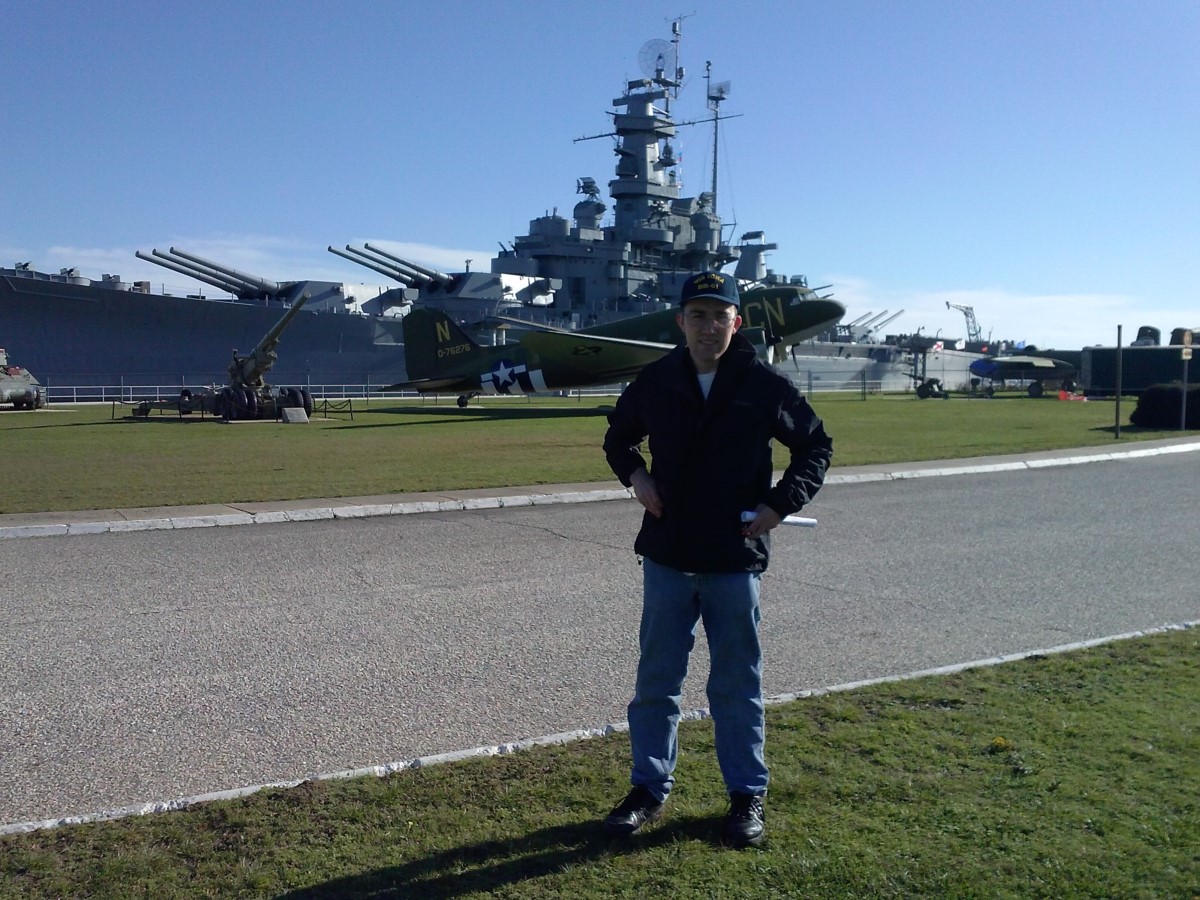
Me at Alabama
Type: Museum Battleship with Submarine and Air Museum
Location: Mobile, Alabama
Rating: 3.8/5, Not bad, but definitely the weakest of the big ships I've been to
Price: $15 for normal adults
Website
Alabama, in Mobile, is a decent way to spend an afternoon. She's a member of the South Dakota class, and still pretty much in WWII configuration, which was a big change from Iowa. A lot of the ship is open, including the turrets, a combined engine/boiler room, one of the magazines, and most of the living space.
My biggest complaint was that I didn't see anyone there who wasn't directly involved with making money. Just to be clear, I totally understand that something of this nature is a fiscal black hole in the shape of a ship. I'm not criticizing them for trying to soak guests for all they can. We at Iowa do the same thing. My problem was that there was nobody there whose job was to make my visit better. That's what I did on Iowa, and I was disappointed that they didn't have anyone doing that sort of thing. Also that I didn't have anyone to geek with.
Beyond that, the museum aspects were really variable. For a ship which has been open for 50+ years, some parts were just not that well done. The turrets, while open, had such poor lighting that I can only conclude that personal injury lawsuits do not exist in Alabama, and basically no signage. A lot of spaces looked like they'd been stripped out and then had the major elements reinserted. The bulkheads were way too clean, and even the spaces that had been dressed up as if they were live were a bit spartan. Some spaces were good, such as the engine room and particularly the magazine they had opened up. Another thing I noticed is that the ship is deep in the mud, and doesn't move like a proper ship. It feels weird. I know you may not think I could tell, but I promise you that you do feel it if you've spent time shipboard recently.
The rest of the facility was better. The USS Drum, a WWII fleet submarine, is next to the battleship. While it's on land, it's much closer to its original condition, and I enjoyed it more than Alabama, at least per-minute. There's a medium-sized air museum, and some outdoor military hardware displays, too. They have an A-12 spyplane (predecessor to the SR-71) and a YF-17 prototype, along with a pretty good collection of planes from Vietnam and later eras. Their WWII stuff is pretty standard, the sort of stuff that can be seen anywhere.
It's entirely possible that I'd have a very different review if I'd gone on a day where they had a couple of guides on hand. It certainly wasn't a bad day, although I'd much rather spend the day on Iowa, Midway or Massachusetts, which is the one to visit if you really want to see a SoDak.

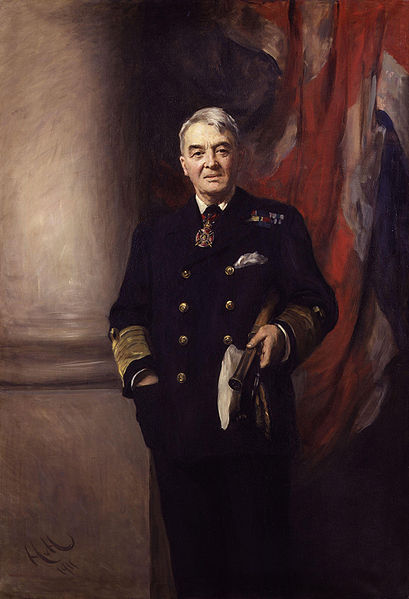
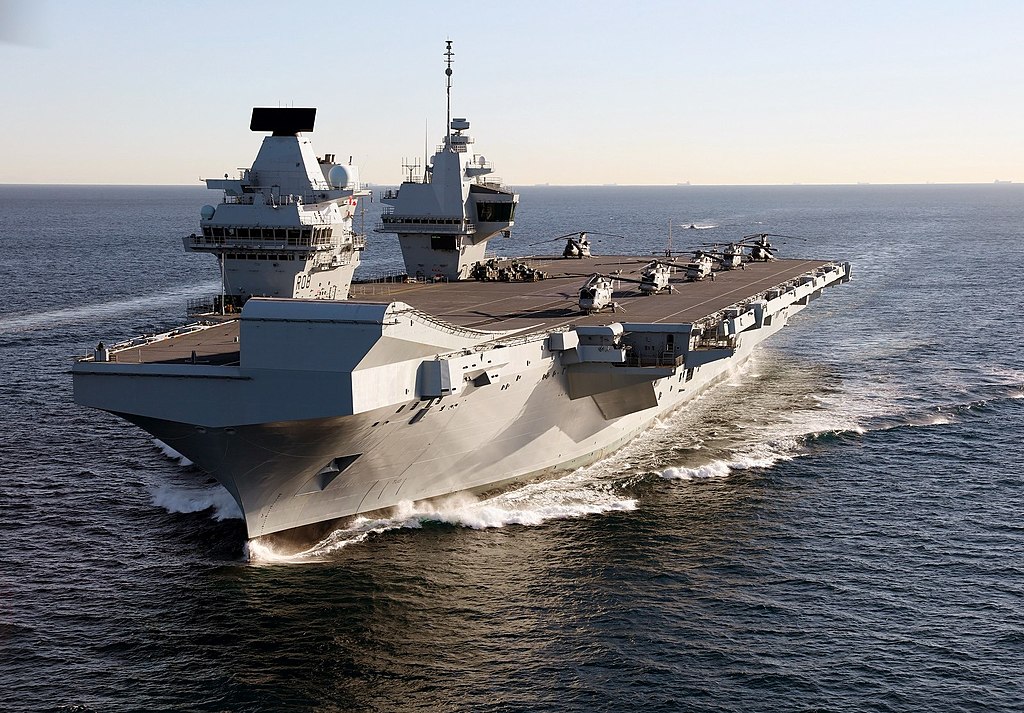
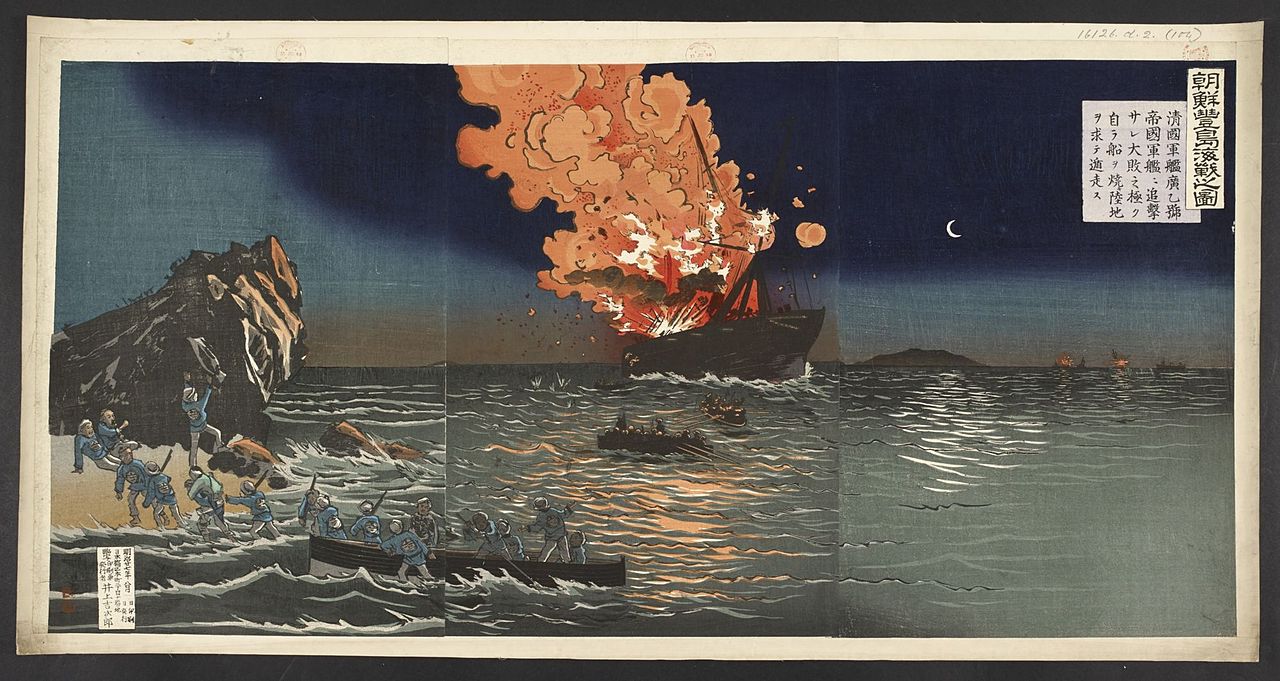
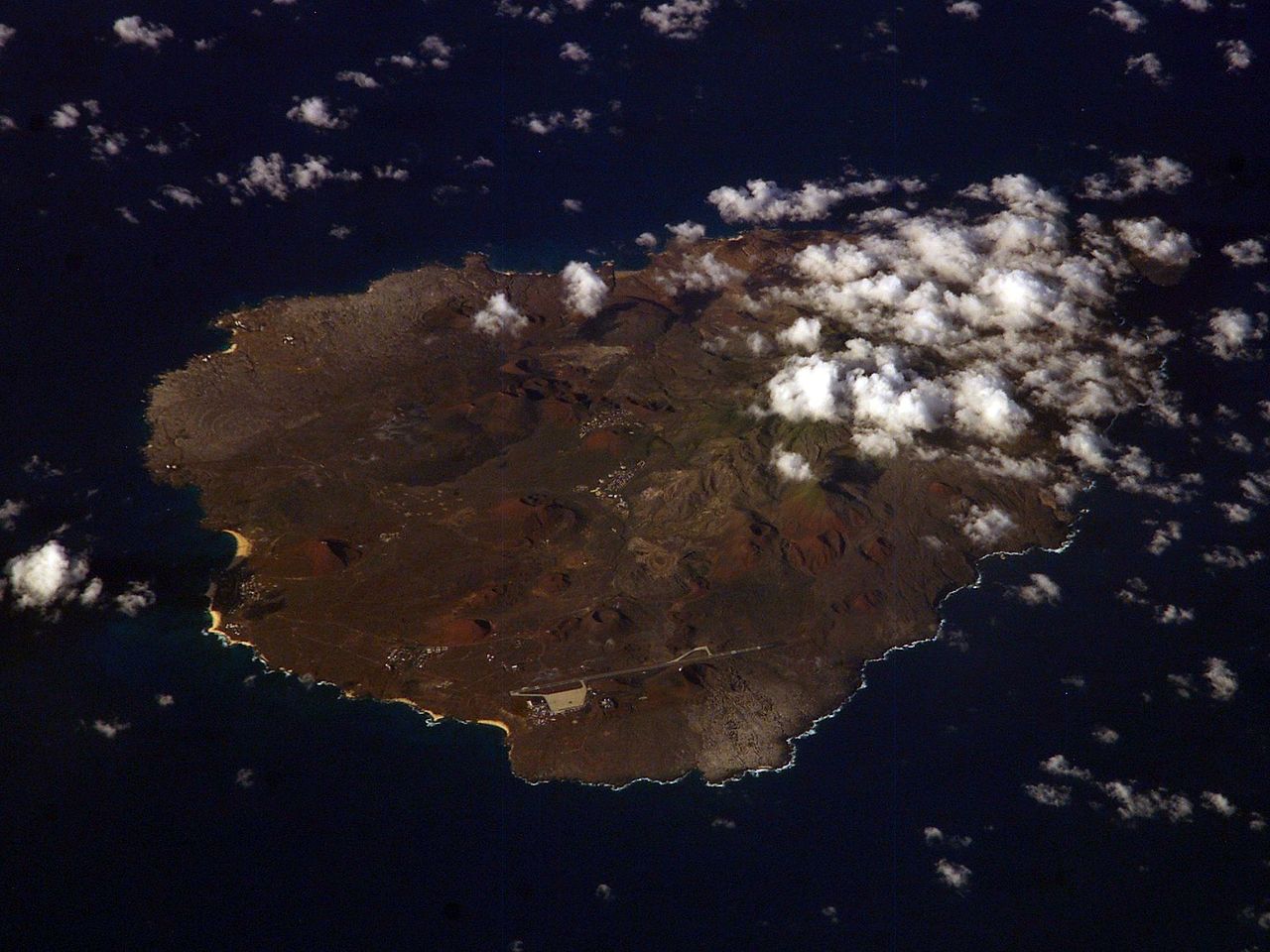

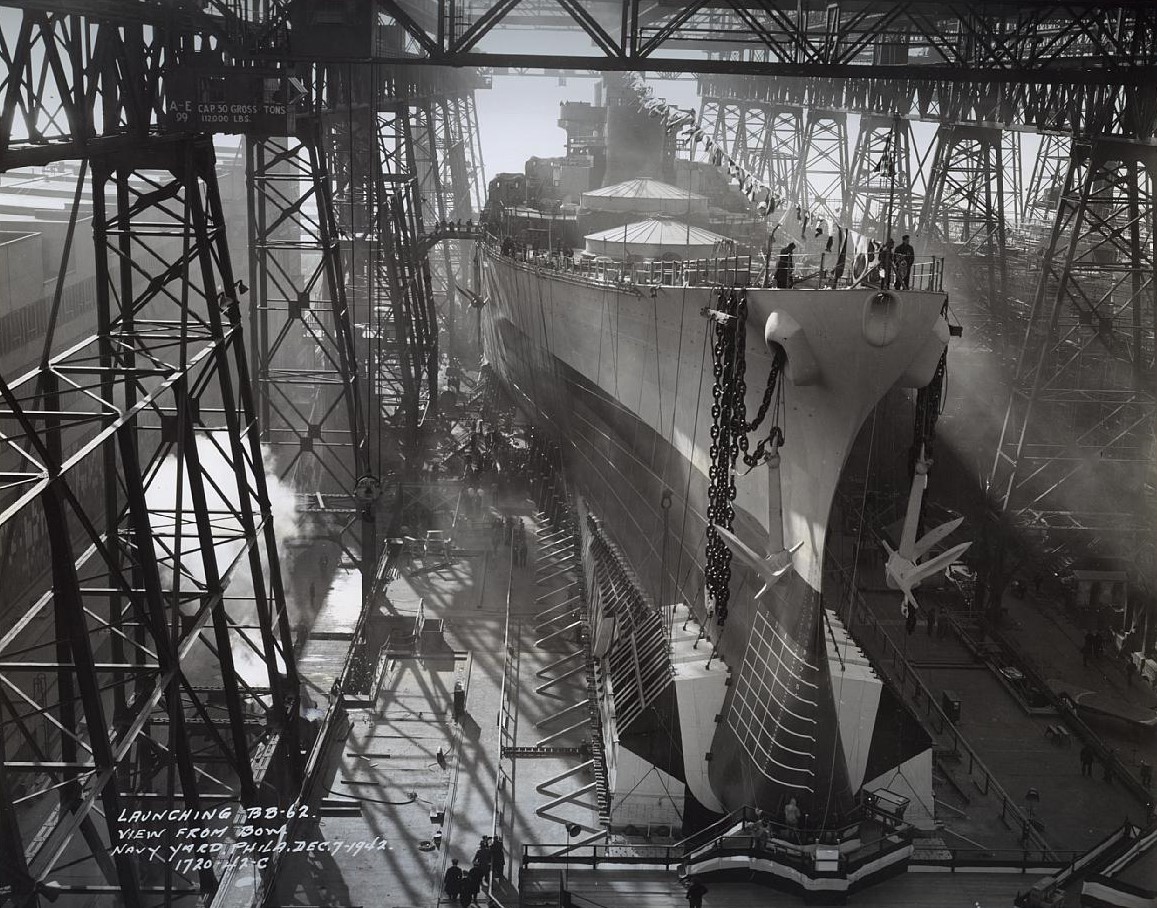

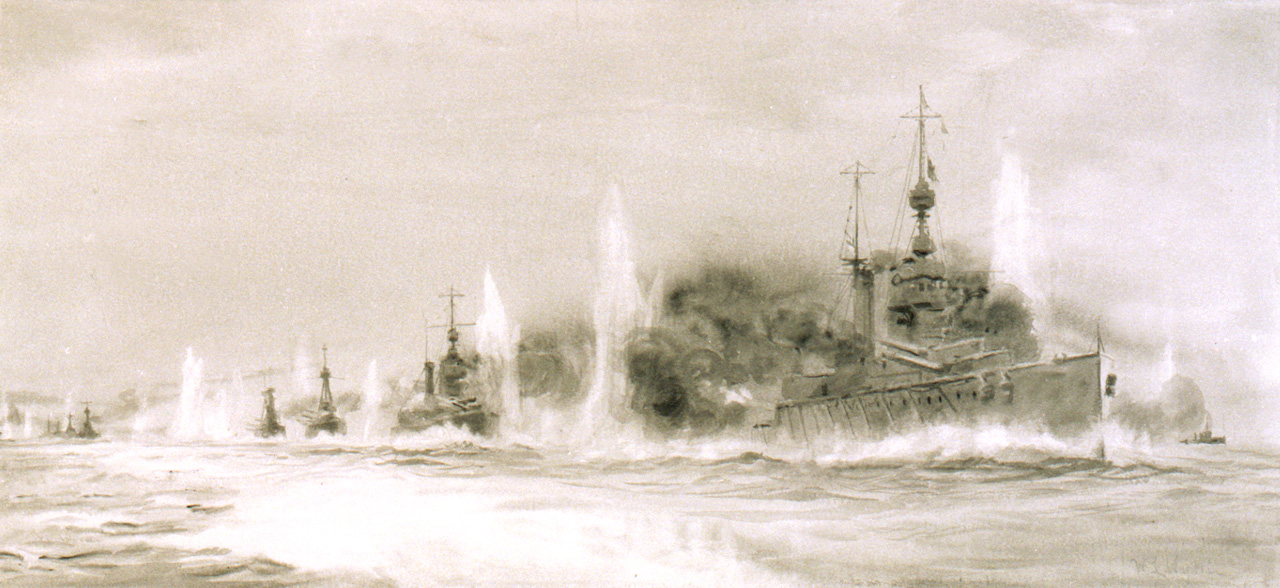
Recent Comments